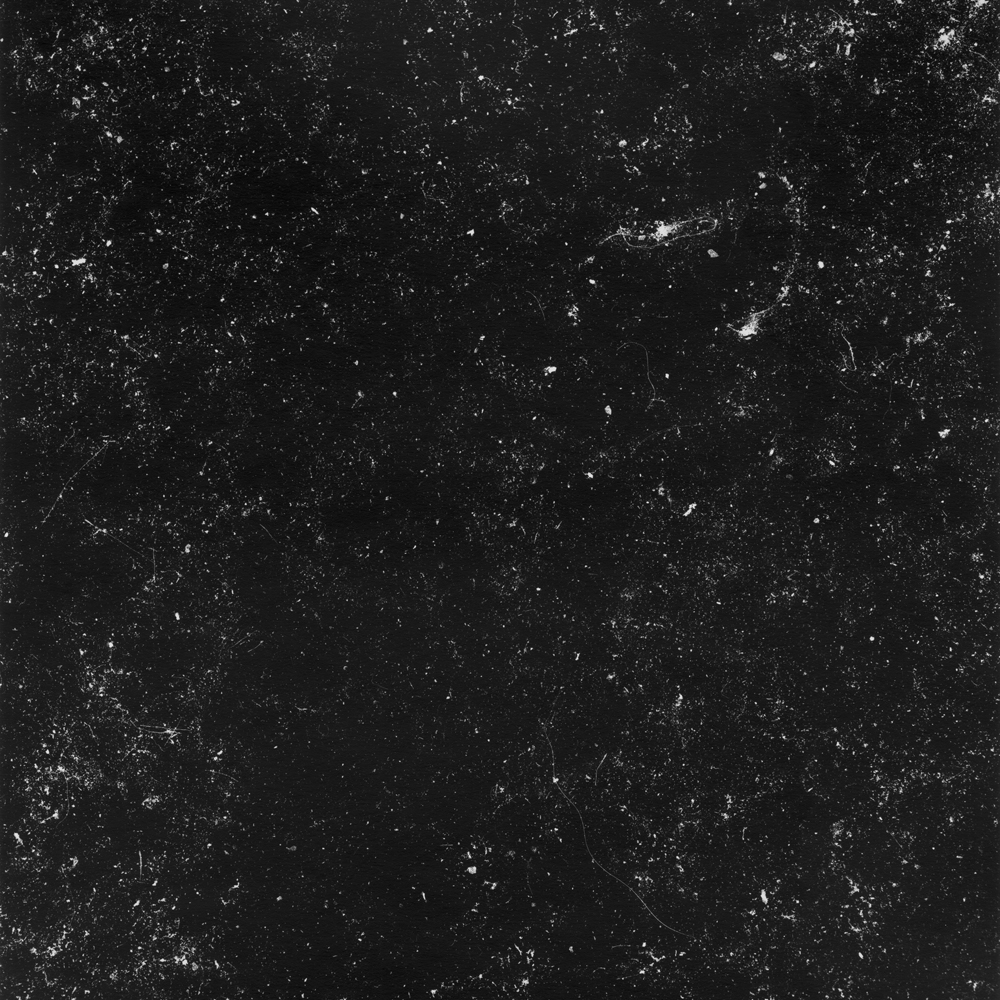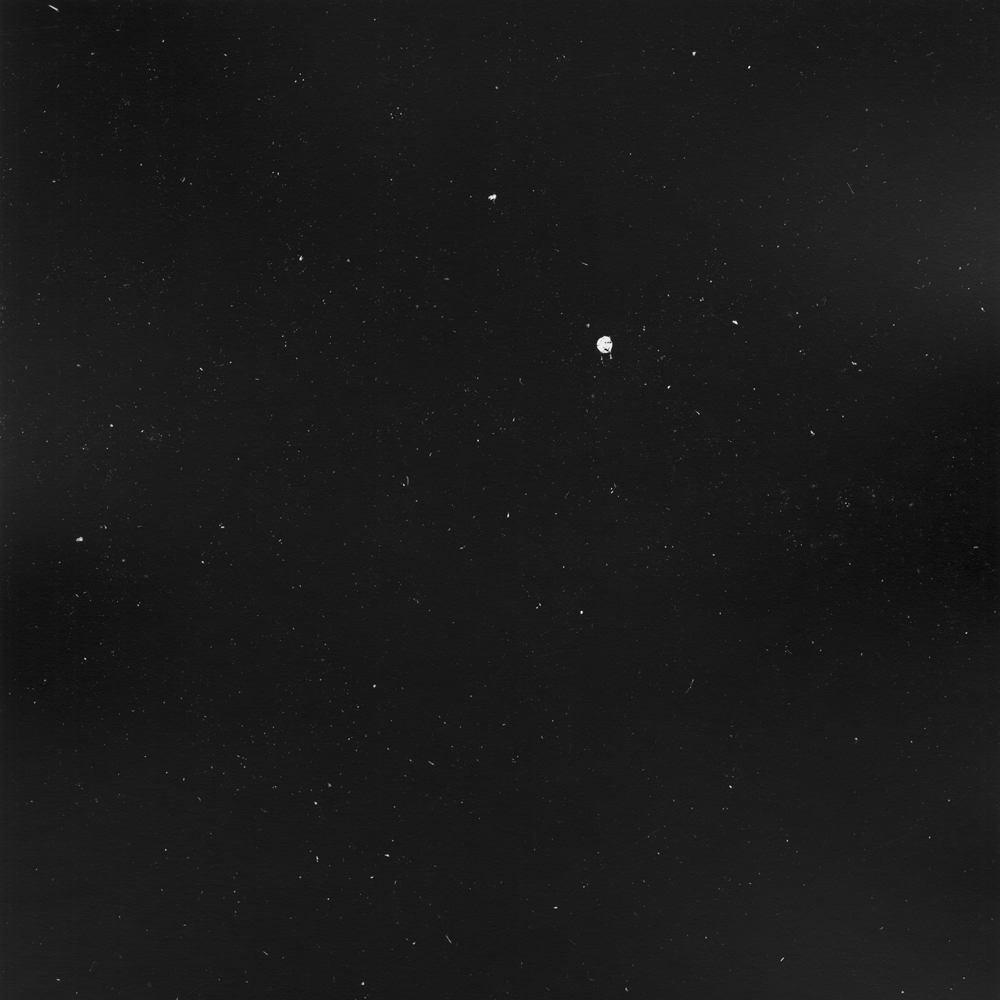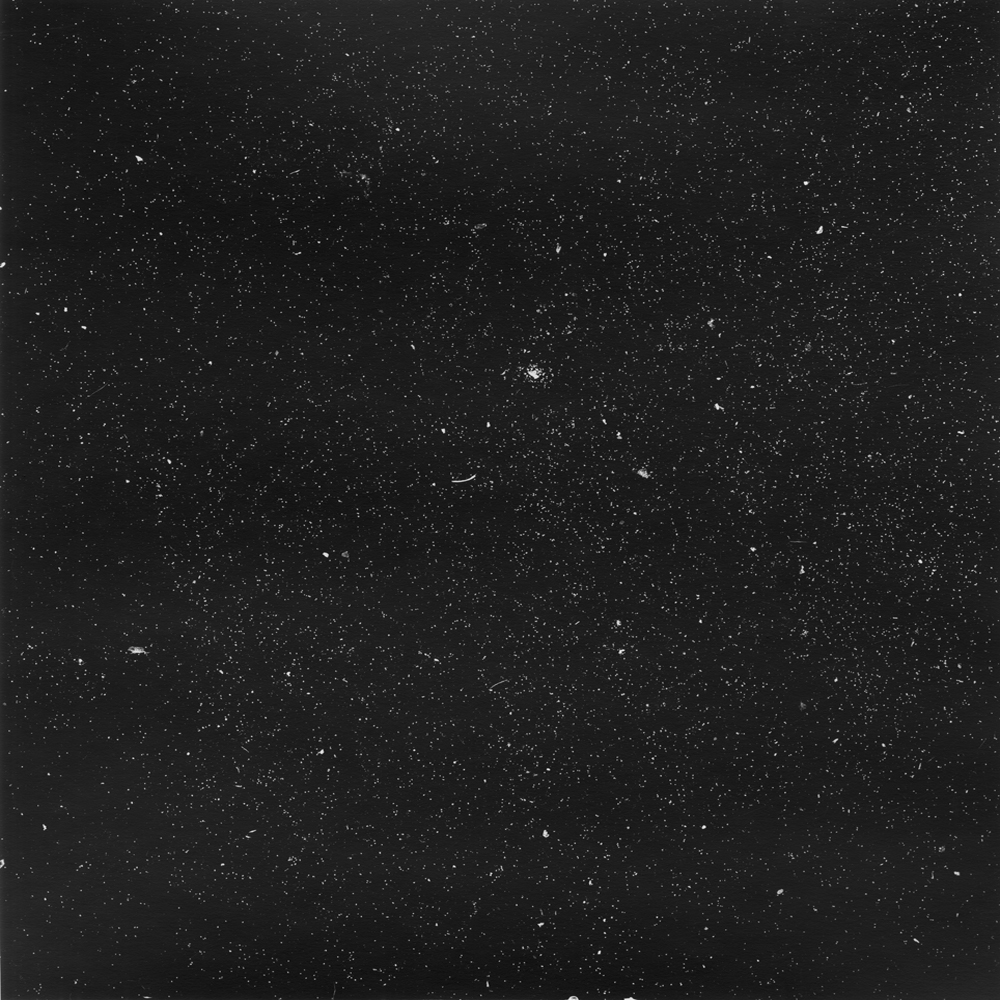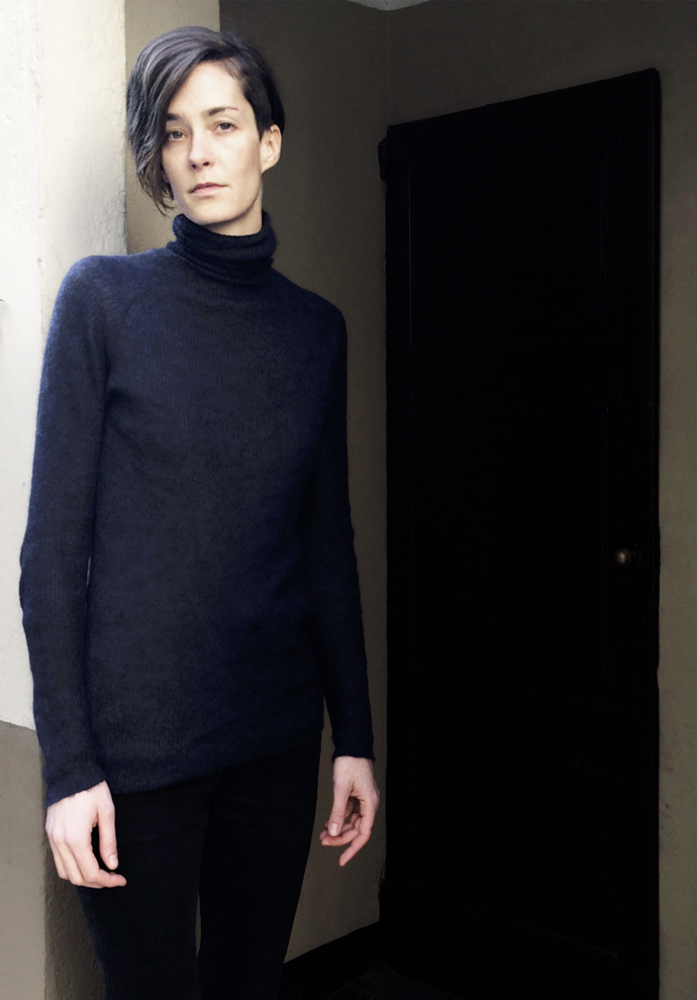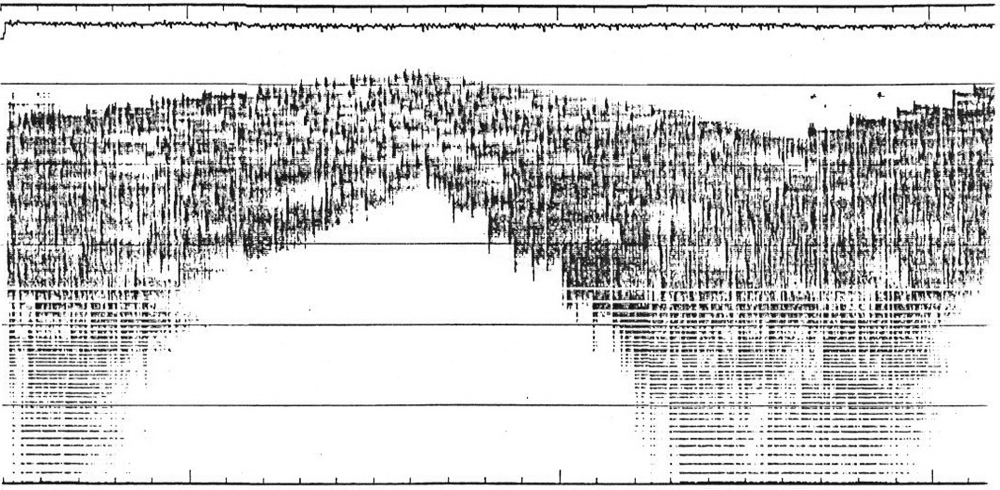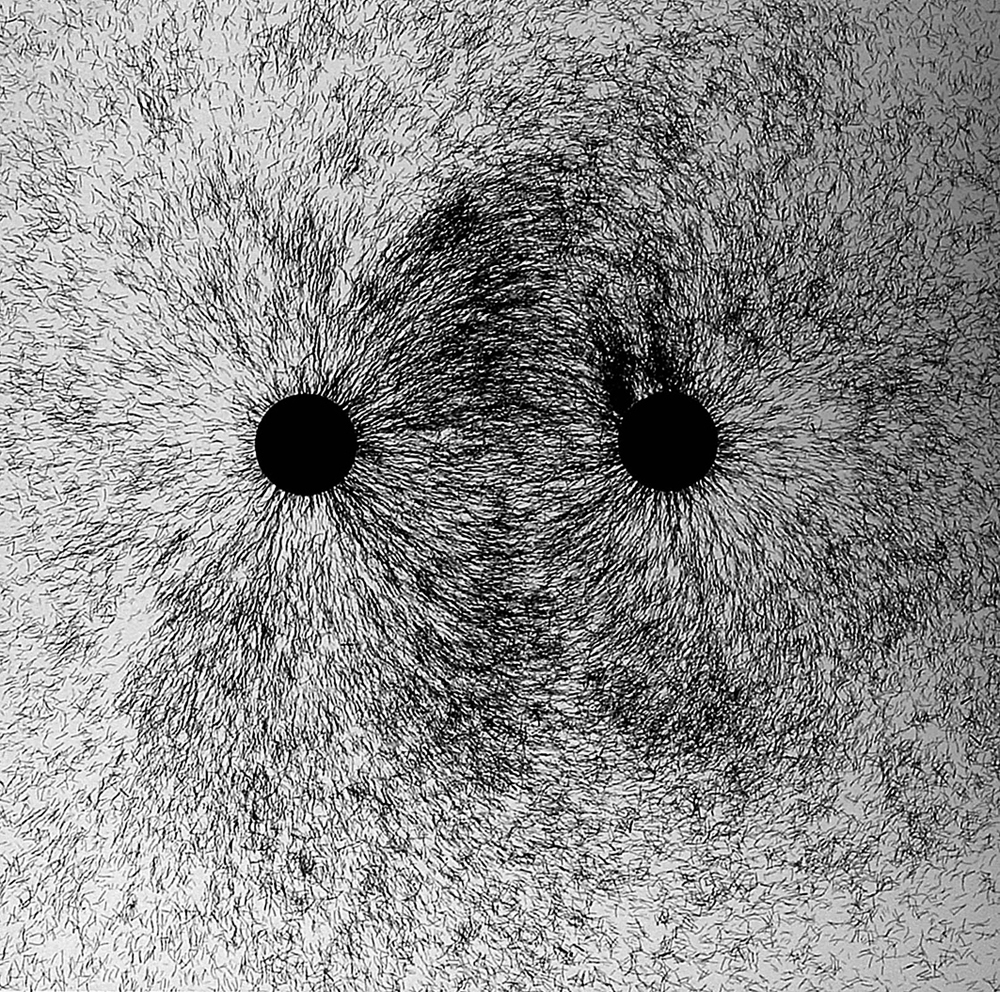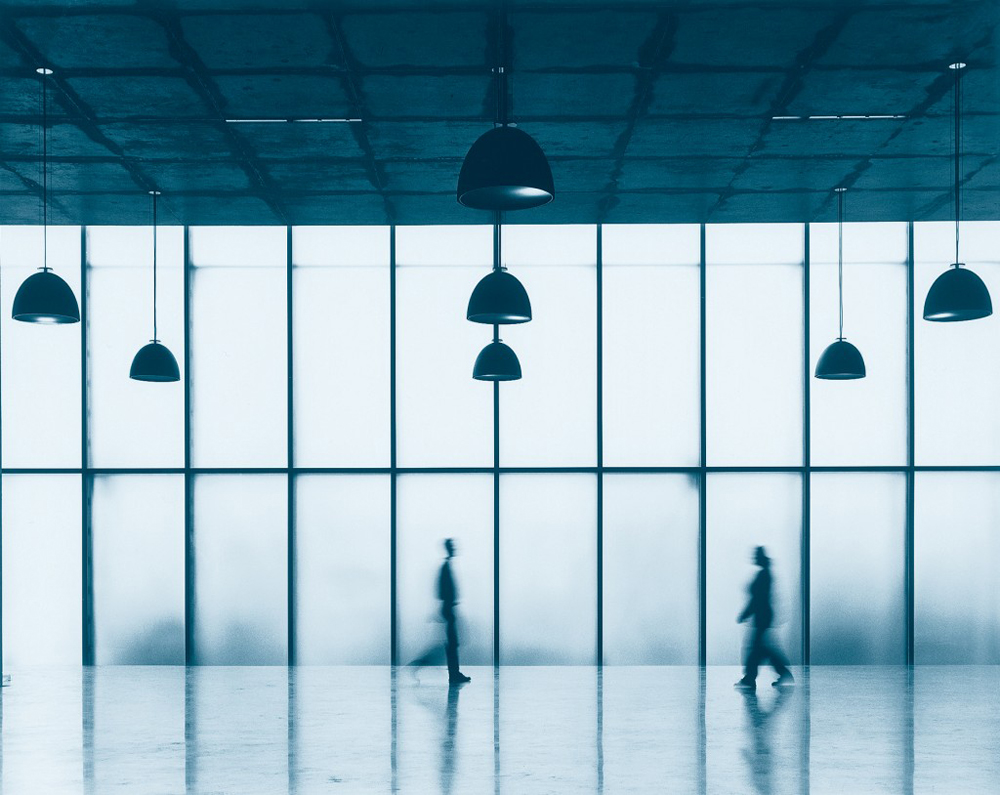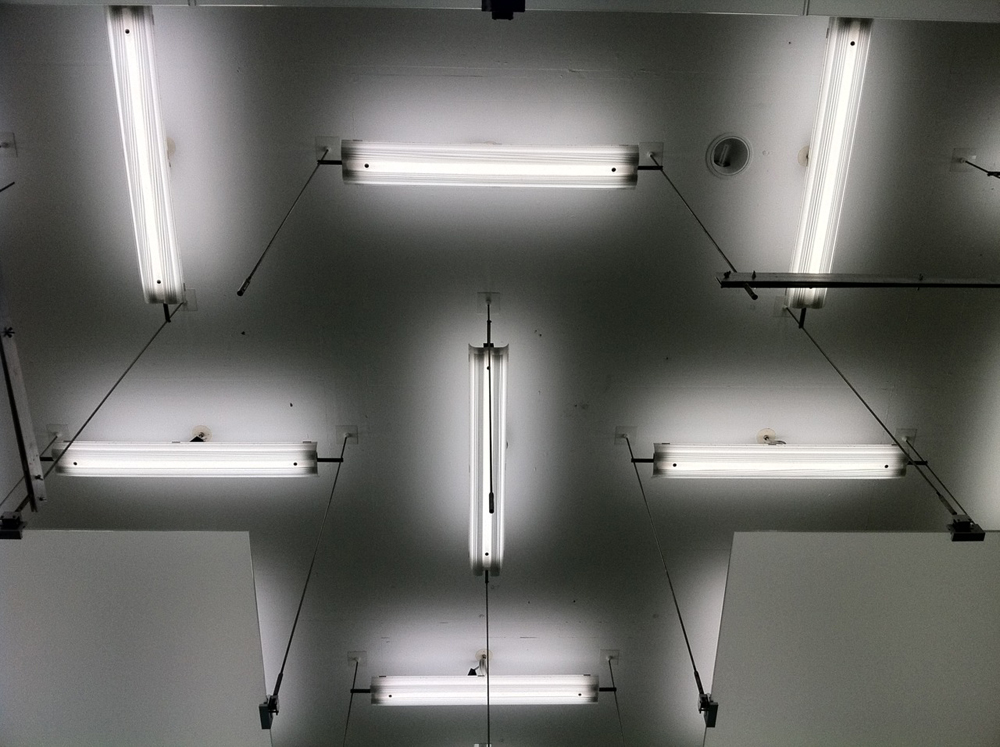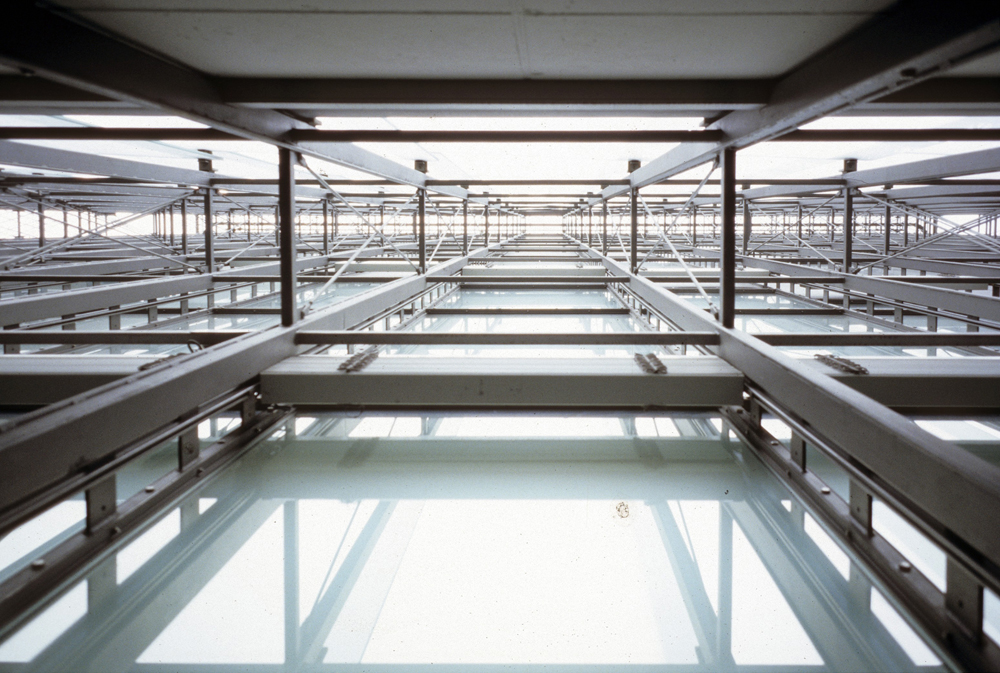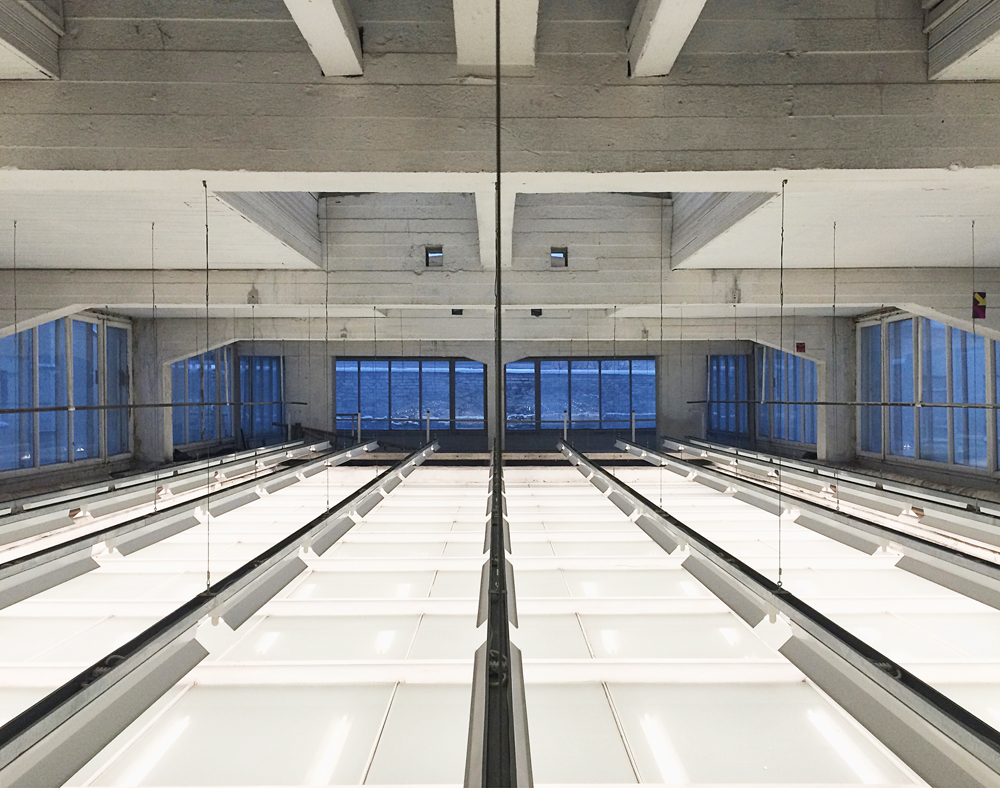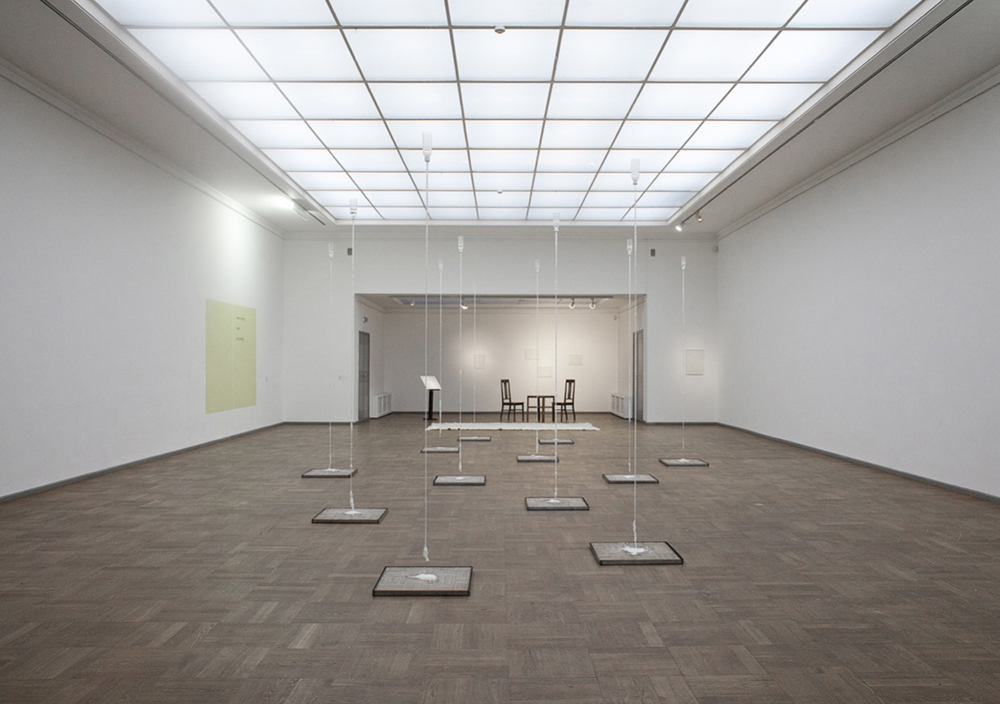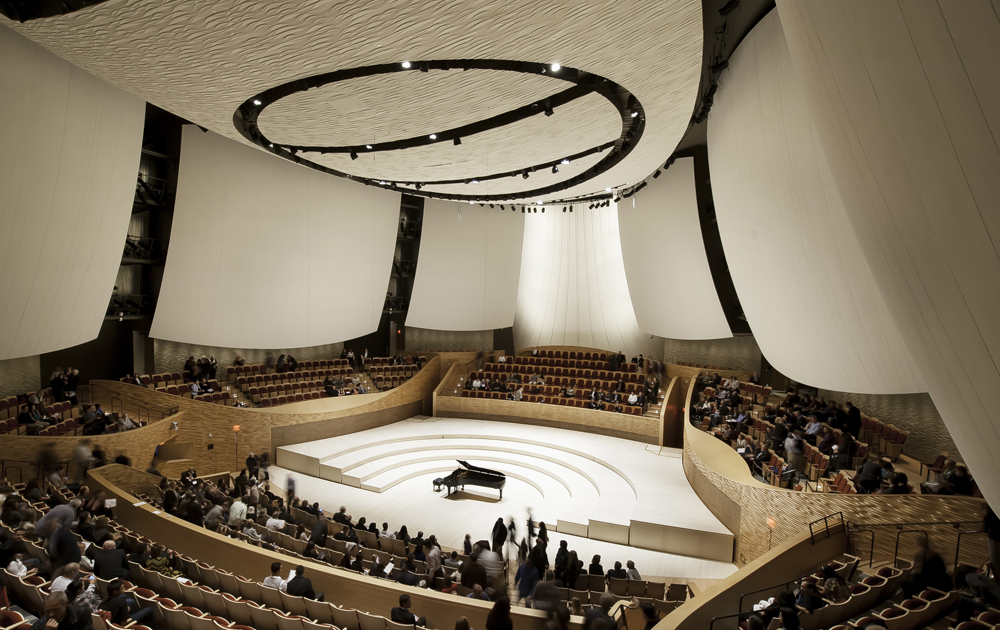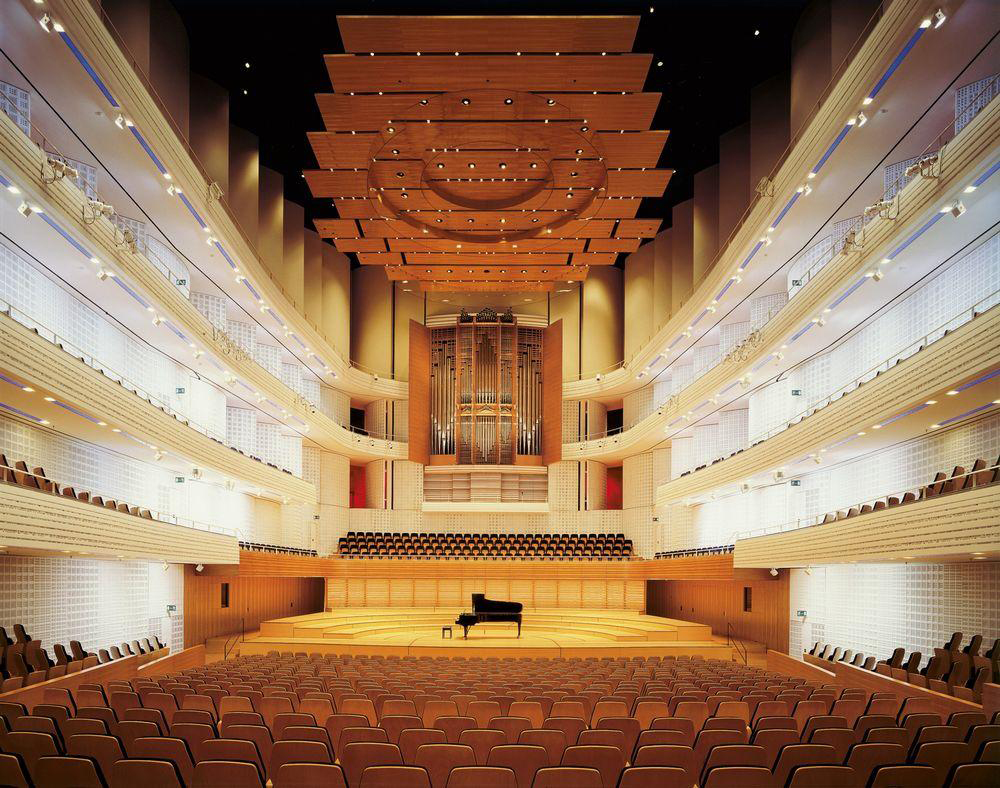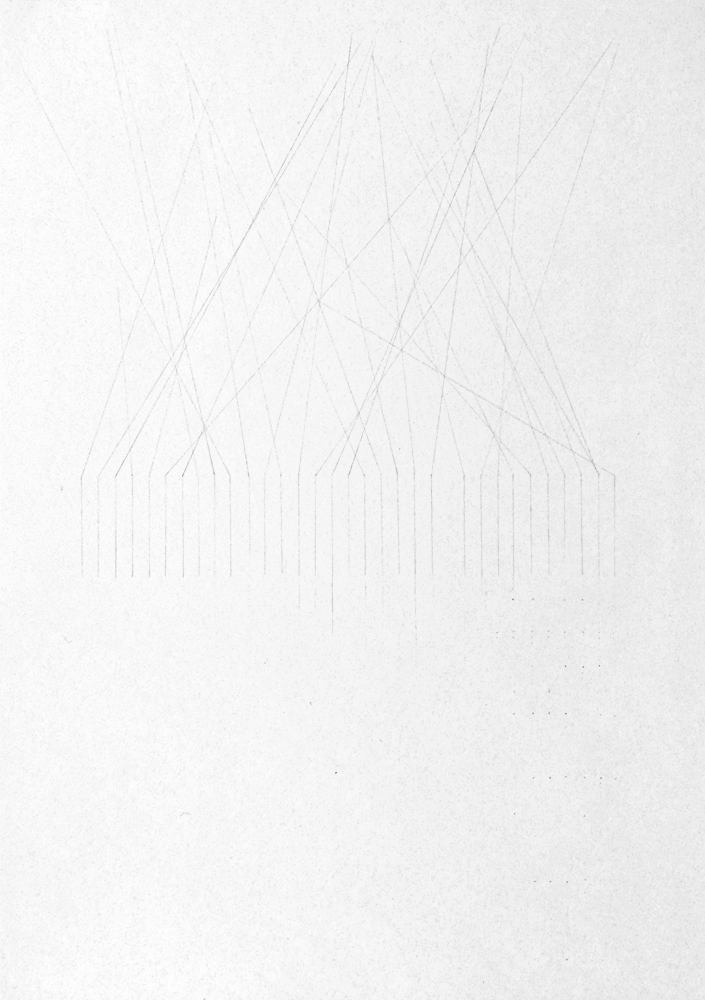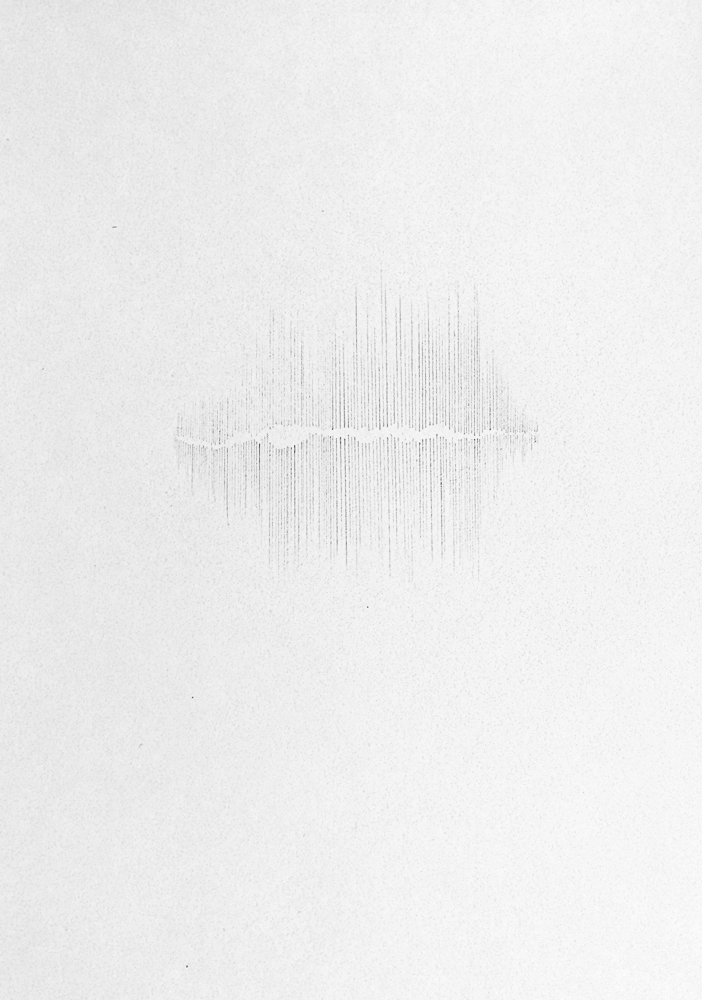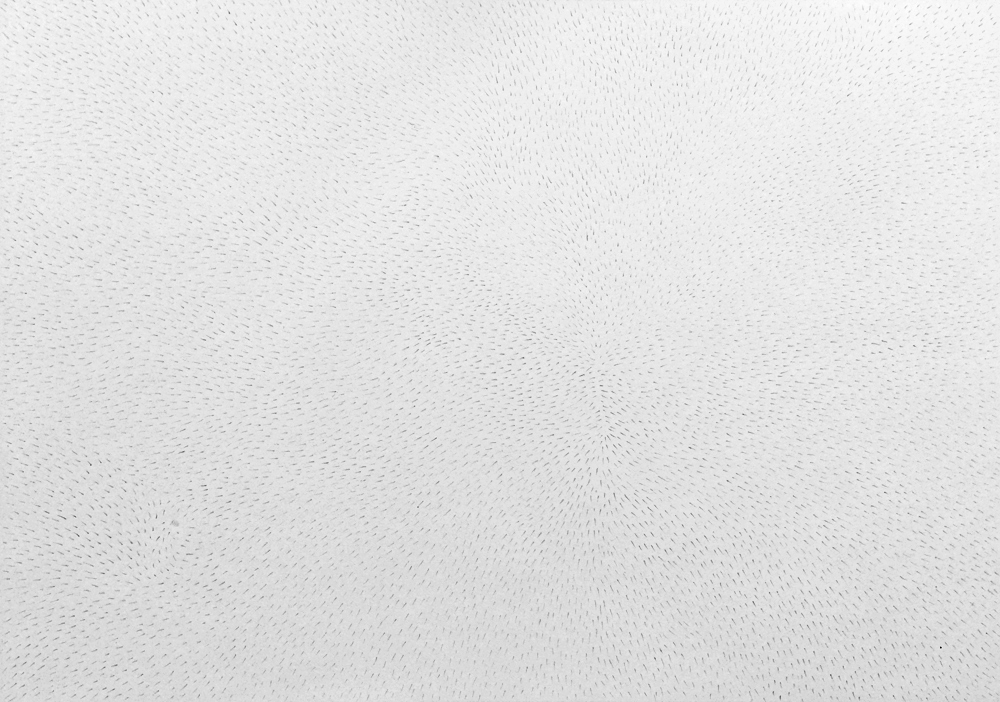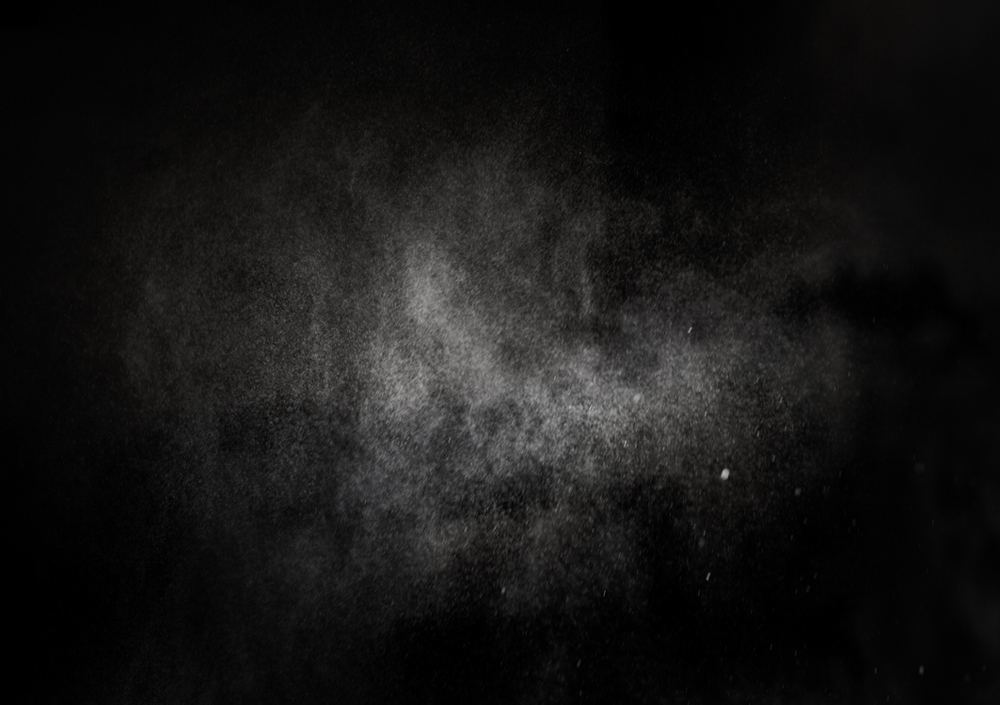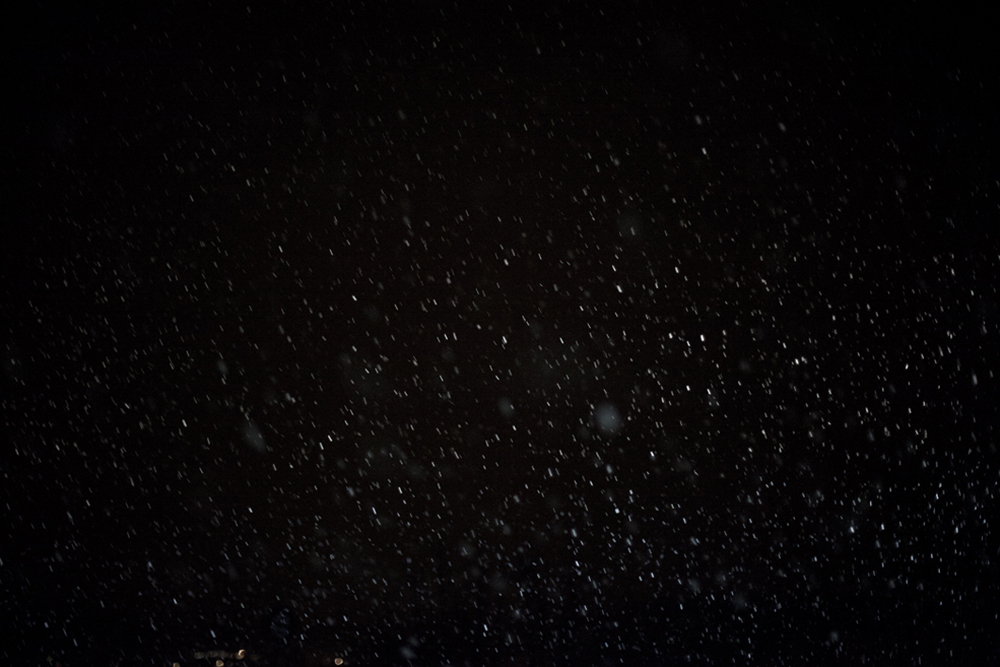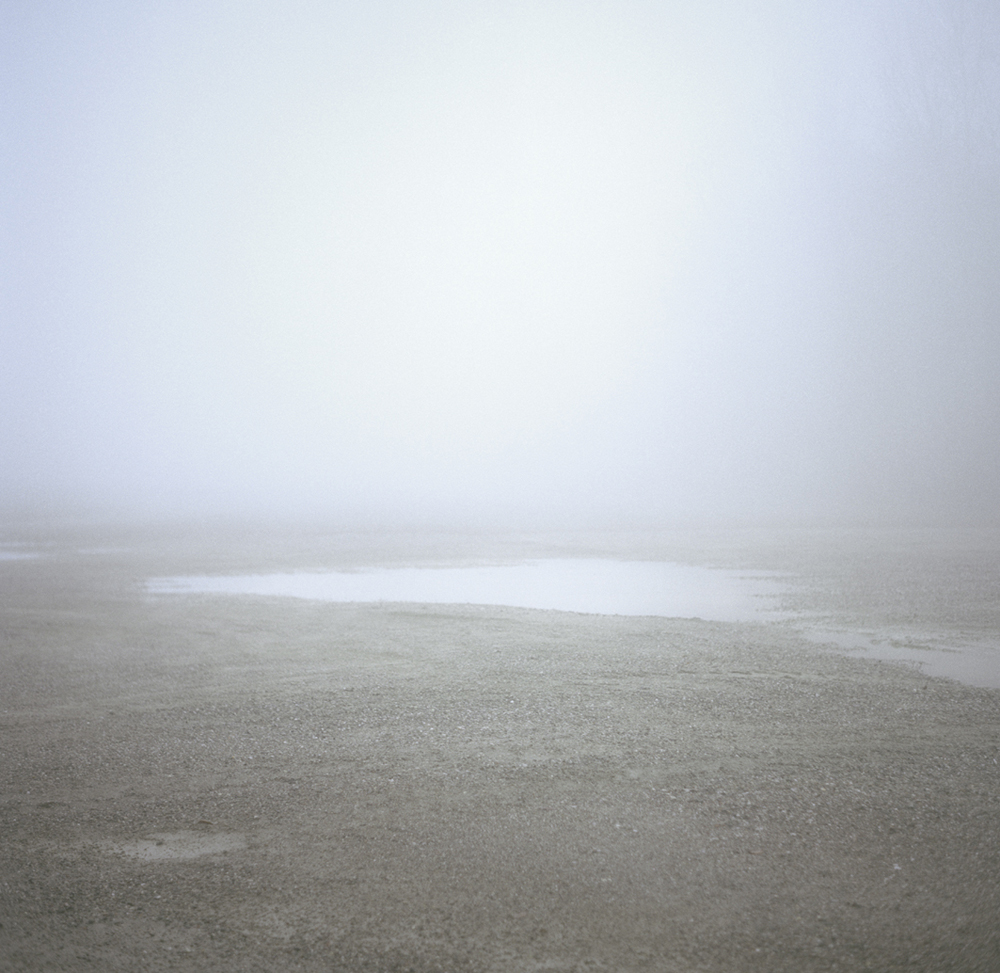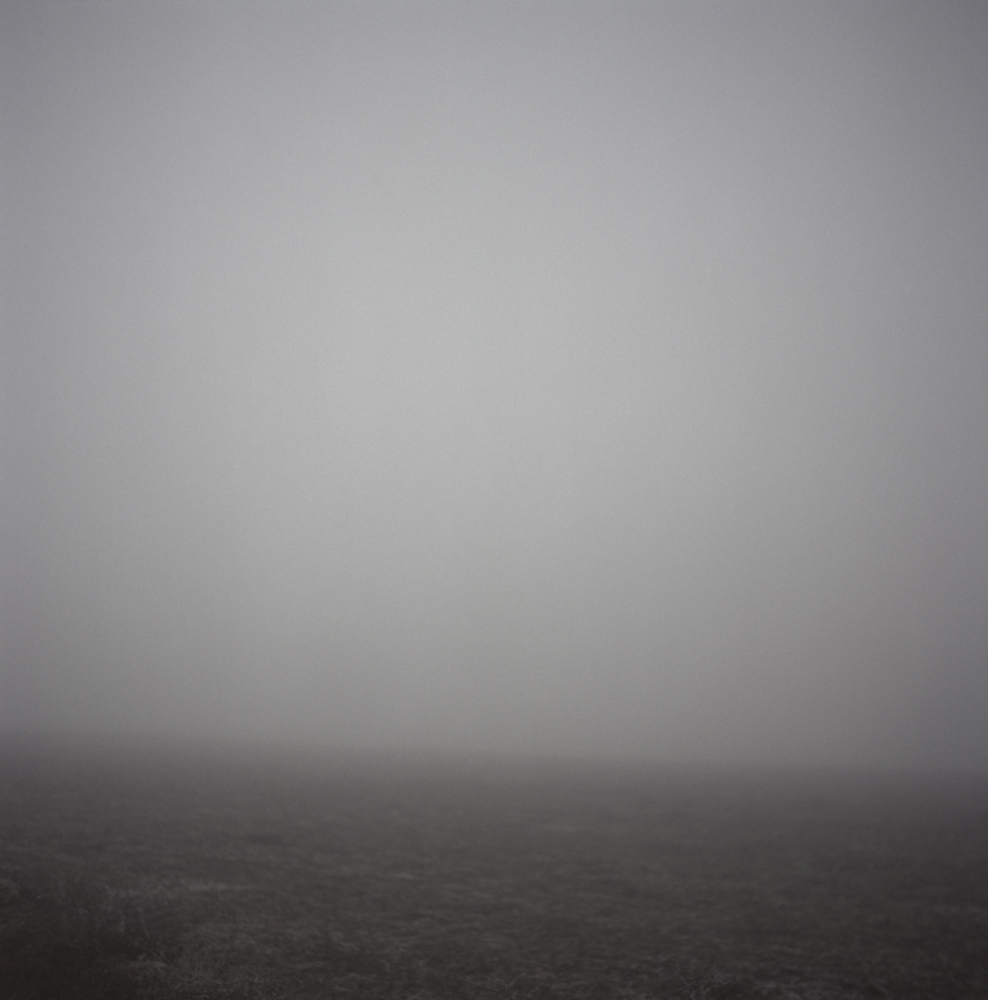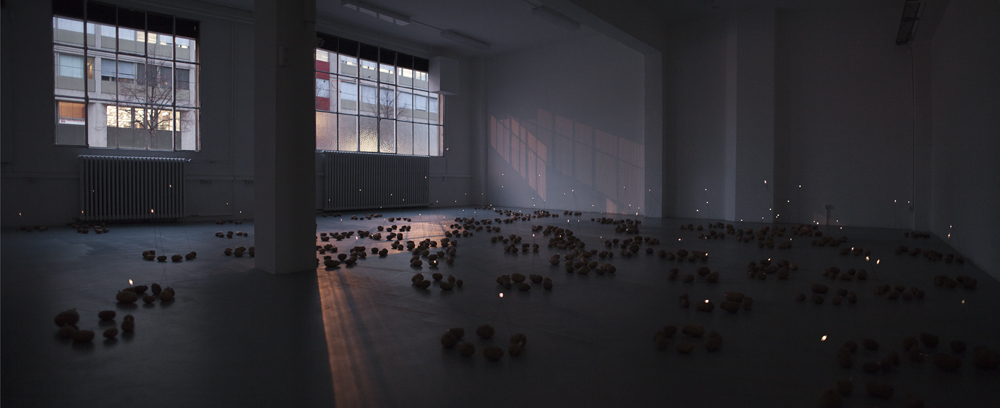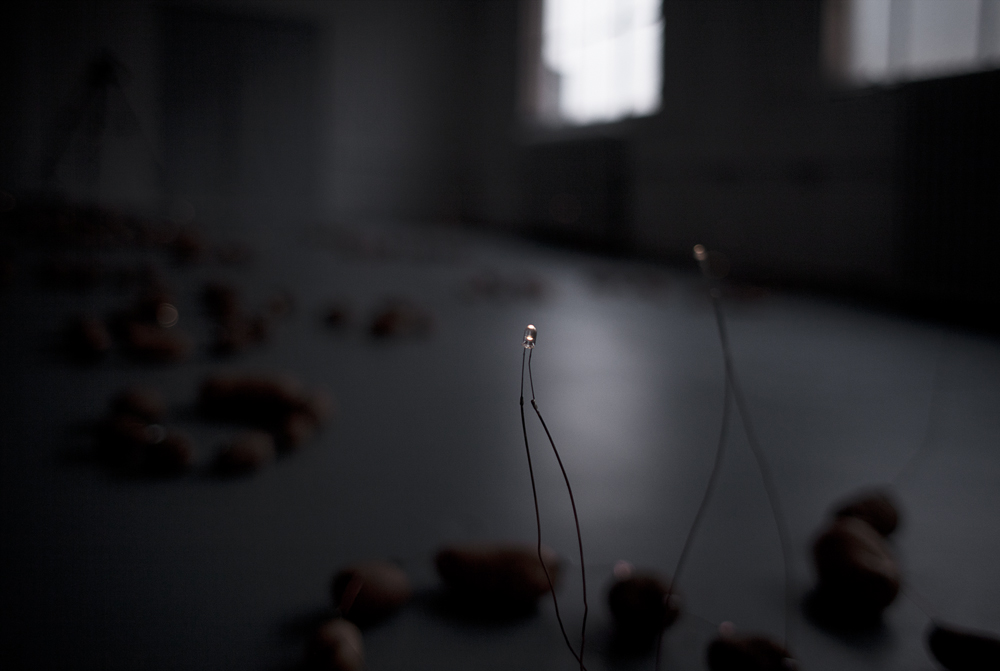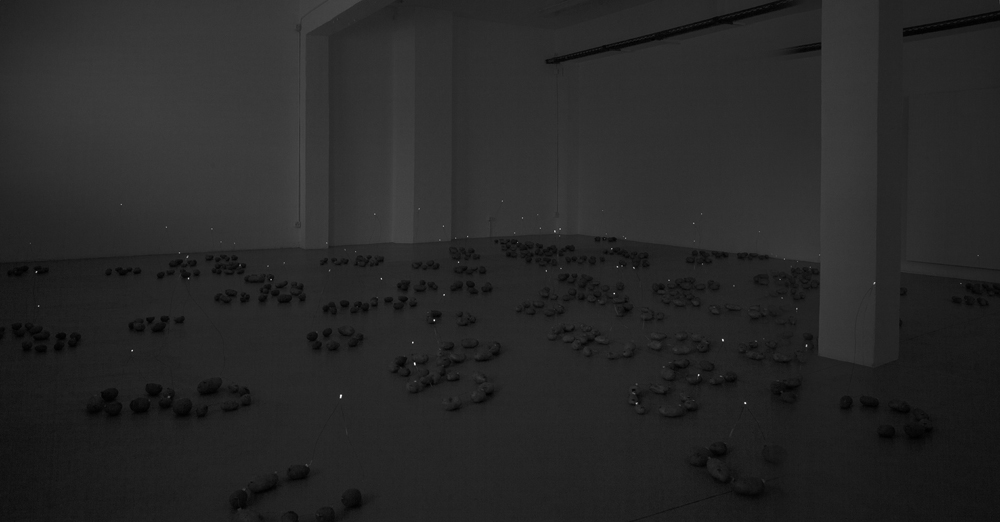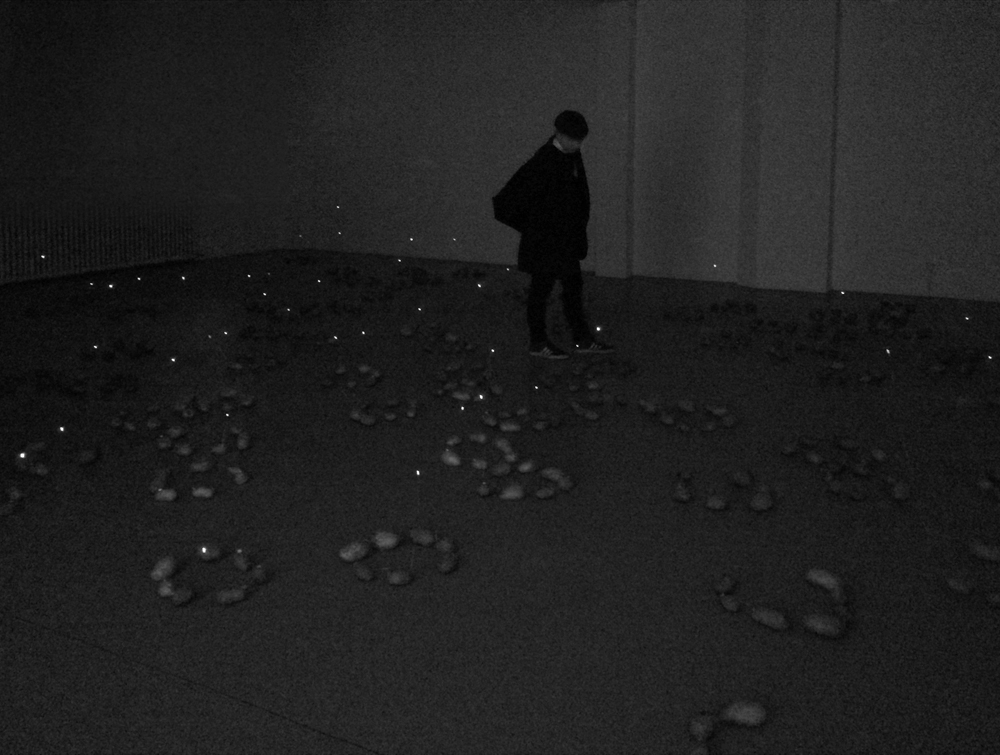Maya Rochat
Artist Feature
Every week an artist is featured whose single image was published by Der Greif. The Feature shows the image in the original context of the series.
Esther Mathis
Feb 17, 2016
1 year of atmospheric exposure, 2013 52 days (Milan) Gelatin Silver Print cm 43.7 x 36.8 72 days (Oleggio) Gelatine silver print cm 43.7 x 36.8 28 days (Berlin), 2013 Gelatine silver print cm 43.7 x 36.8 123 days (Winterthur), 2013 Gelatine silver print cm 43.7 x 36.8 89 days (Zürich), 2013 Gelatine silver print cm 43.7 x 36.8 During one year I have lived in five different places. In every city (Milan, Oleggio, Berlin, Winterthur and Zurich) I have exposed glass negative holders on my window sill to air. The same air that I breathed every day during 365 days, has ended up on the glass plates. The different density of deposited fine-dust I then exposed in the darkroom.
Artist Blog
The blog of Der Greif is written entirely by the artists who have been invited to doing an Artist-Feature. Every week, we have a different author.
Published in:
»Guest-Room Katrin Weber«
On sound and light acoustics. Part 05
Feb 22, 2016 - Esther Mathis
 [/caption]
Sound is invisible and therefore tends towards the elusive. Light, although visible, is intangible and silent. In an electric storm, we see the light before we hear the sound, coming from the same electrical impulse but empirically divided into thunder and lightening. The building is like a sounding board, a reflective and refractive surface for light and sound. It is an extension of its organic environment, growing out of it and decaying back into it. But every building is an enclosure of some sort, capturing, filtering sound and light and the emotional flows of people.
Enclosures are ideal systems – at least for a certain time. Just like a potato battery.
[/caption]
Sound is invisible and therefore tends towards the elusive. Light, although visible, is intangible and silent. In an electric storm, we see the light before we hear the sound, coming from the same electrical impulse but empirically divided into thunder and lightening. The building is like a sounding board, a reflective and refractive surface for light and sound. It is an extension of its organic environment, growing out of it and decaying back into it. But every building is an enclosure of some sort, capturing, filtering sound and light and the emotional flows of people.
Enclosures are ideal systems – at least for a certain time. Just like a potato battery.
On sound an light acoustics. Part 04
Feb 21, 2016 - Esther Mathis
On sound and light acoustics. Part 03
Feb 20, 2016 - Esther Mathis
On sound and light acoustics. Part 02
Feb 19, 2016 - Esther Mathis
On sound and light acoustics. Part 01
Feb 18, 2016 - Esther Mathis
A few months ago I worked on a potato battery installation. (http://www.esthermathis.com/115) The thing that interested me about this kind of battery was that it only works because all materials search for an equilibrium. The two metal plates placed into each potato try to balance themselves out by exchanging ions. When connected to each other in a circle, this exchange becomes a circuit of electricity that is only visible when connected to a LED lamp. Through repetition of this circuit I could fill a room with hundreds of small lights and for over six weeks there was a continuous balancing act happening. I’m very attracted to this tendency of balance. The ideal form would be an isolated system where nothing is lost, everything just tries to mix and interact until it’s calm and uniform. But in order to make this exchange happening in the potatoes visible to our eyes, the LED lights are necessary. They are our way of participating in the process. But they are compromising the ideal system by using up energy through light, creating a flaw in the eqilibrium. On the last day of the exhibition at Piano Nobile in Geneva I invited musician Christian Wolfarth to perform his Solo Project with cymbals and vibrations. I’ve heard him now three times. Each time was in a different space. The first time was in Milan in a perfectly isolated sound studio. Buildings have always been instruments, influencing the sound produced within them. The vibrations and noises Wolfrath creates using the cymbals, expand in the space. What I like most about his music is how the sound disappears - very slowly in vibrations that differ from space to space. I would see it as a journey of loss. A way of vanishing. Some days ago I was telling my friend what I was researching, he remembered a technician once telling him how to place the speakers while mounting a show. He was told that they had to be visible in order to hear the sound coming from it.


